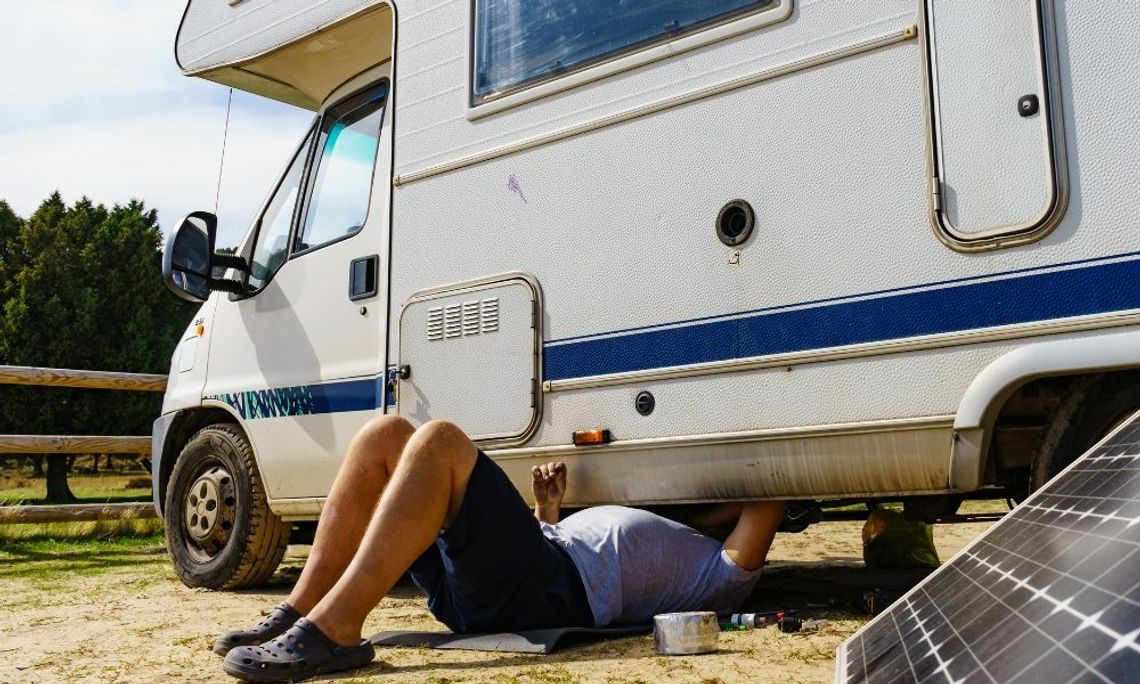Owning an RV vehicle can help create lots of fun memories for long-distance travel. Whether traveling across the state to see family or visiting the West Coast to see iconic landmarks, you must maintain your RV properly for each trip. So here are some safety tips for traveling with your RV vehicle.
Keep Up With RV Maintenance
If one thing guarantees safe transportation for your RV vehicle, it’s to practice regular maintenance and care. A well-maintained RV is a safe vehicle. Keeping up with preventative maintenance and practicing regular inspections of your RV systems can avert issues on the road.
Before every trip, RV owners should inspect tire pressure, belts and hoses, towing and hitch equipment, headlights, taillights, and turn signals. When you address issues before a long-distance trip, you can save time and money on future repairs or replacements.
Hire a Professional Transport Company
Whether traveling across the state or to the other side of the country to a new home, driving your RV vehicle yourself can feel daunting. So hiring a professional RV transport company can help give you peace of mind while guaranteeing your cargo’s safety.
When shipping your RV cross country, you have various methods to choose from, including flatbed, tow-away, and drive-away services for your specific RV model and personal preferences. Furthermore, you want to find the right company that’s worth the investment and puts your priorities first. The more experienced and reputable a professional transport company is, the more relieved you feel.
Load Your RV Vehicle Carefully
Many RV vehicle owners aren’t aware of the maximum cargo-carrying capacity for their trailers. As a result, they tend to overload them and cause improper weight distribution, resulting in unsafe traveling conditions. So one safety tip for traveling with RV vehicles is to ensure you follow proper cargo-carrying capacity regulations for your specific trailer.
Maintain Your RV Tires
One issue many RV owners can experience is having tire blowouts while on the road. This can result from improper inflation, overloading, and everyday wear and tear. Tires should remain inflated to the manufacturer’s recommended air pressure, specifically in PSI (pounds per square inch). Installing a tire pressure monitoring system, known as a TPMS, can aid in easily tracking your tire pressure.
Furthermore, most wear and tear can occur from not even using your RV. So investing in tire covers and maintaining proper RV tire pressure in storage can help preserve their integrity. Lastly, checking tire conditioning and tread depth before and after RV trips can help determine when to change your tires.


Comment
Comments